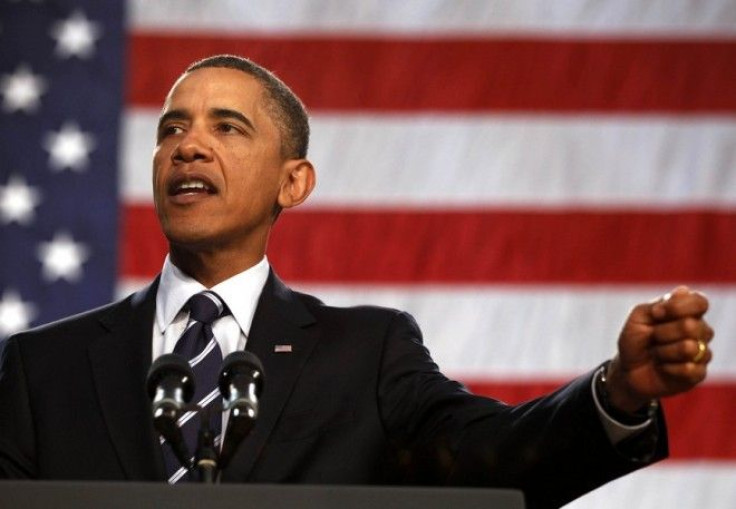US economy to remain sluggish next year

Growth of the U.S economy is expected to remain sluggish next year as the nation suffers from high employment, high public debt, and rising commodity prices, says a report.
The gross domestic product (GDP) growth rate in the U.S. is forecasted at 2.6 percent in 2011, showed a survey by National Association for Business Economics (NABE) on Monday.
“Factors restraining growth going forward include ongoing balance-sheet restructuring by consumers and businesses, and a diminished contribution to GDP growth from inventory restocking and government stimulus,” said Richard Wobbekind, president, NABE.
The latest NABE forecast is same as its previous forecast in October, but much below May forecast of 3.2 percent of GDP growth in 2011.
NABE panelists forecast the unemployment to stay above 9 percent in 2011, marking the weakest post-recession job recovery on record. The unemployment rate in the US remained constant at 9.6 percent for the third month in October.
Also, monthly payroll gains are projected at less than 150,000 on an average until the latter half of 2011.
The nonfarm payroll employment rose by 151,000 in October, the biggest monthly gain since April.
In general terms, the economy needs to create about 150,000 jobs a month just to keep pace with the additional numbers coming into the labour force, thereby preventing the unemployment rate from rising, Paul Ashworth, an economist at Capital Economics, said in a note.
The Federal Reserve announced that it would buy $600 billion of Treasury securities in an attempt to boost the economic recovery.
The QE2 is expected create as many as 700,000 new jobs over the next two years, reducing unemployment rate by half a percentage point, according to Boston Federal Reserve's Chairman Eric Rosengren.
The survey showed consumer spending to remain modest in 2011 due to weak job gains, high unemployment and a small growth in household net worth.
NABE also expects the holiday retail sales to remain weak this year, recording a slight gain of 2.5 percent compared with last year.
U.S. retail and food services sales rose more than expected for the fourth consecutive month in October, mainly spurred by a rise in auto and other motor vehicle dealer sales.
U.S. retail and food services sales rose 1.2 percent to $373.1 billion in October from the previous month. It was up 7.3 percent from a year ago.
The US public debt is found to be a major concern of the NABE panelists, as the government increased spending to pull the economy out of worst recession since World War II. High public debt is expected to inhibit consumer spending and business investments, as it raises concerns of higher taxes and tighter regulations.
However, the National Commission on Fiscal Responsibility and Reform last week came out with proposals seeking $4 trillion in deficit reduction from 2012 to 2020. The commission proposes the spending cuts to start gradually in 2012 in order not to disturb fragile economic recovery.
© Copyright IBTimes 2024. All rights reserved.











